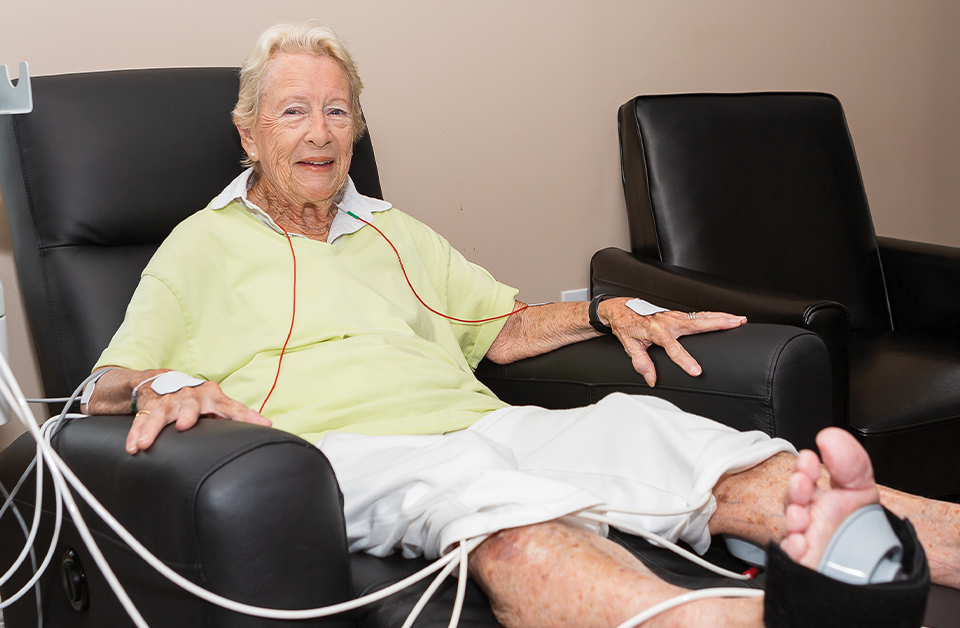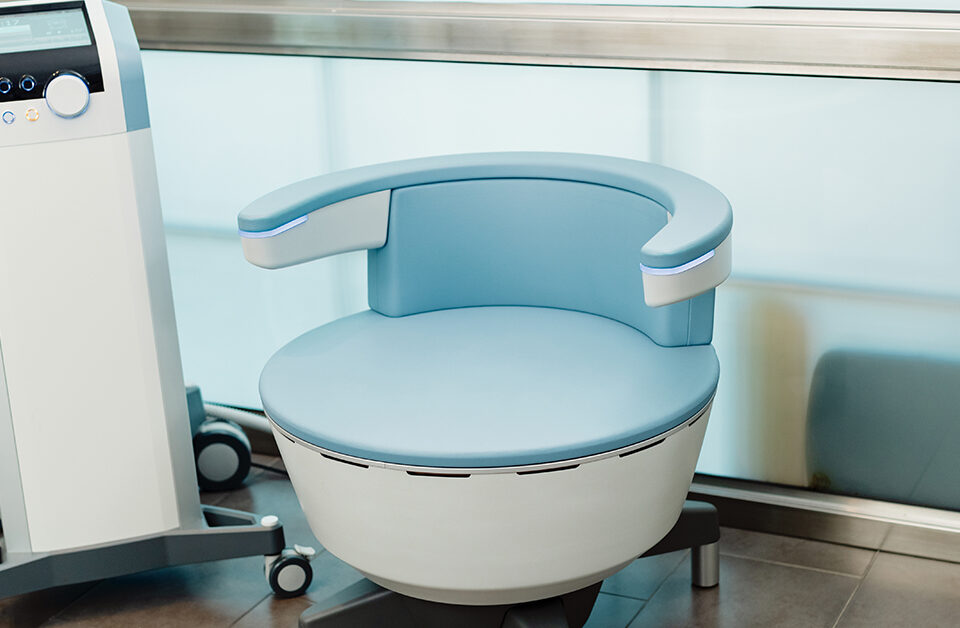For 35 years, Clarence Williams was a sales associate with Pfizer, a multinational pharmaceutical and biotechnology corporation. Clarence’s job was to sell chemicals to the paper industry. Among his clients were giants such as International Paper, Georgia-Pacific, Procter & Gamble, Mohawk Paper and SWM, the leading producer of cigarette paper.
“When I joined Pfizer, they owned the largest calcium carbonate mine in the country,” Clarence discloses. “It was located in the Berkshires up in Massachusetts. The company mined the calcium carbonate and sold it to the paper mills. It made the paper white and bright and opaque.”
Clarence, 73, traveled quite a bit for Pfizer. He called on clients in a wide area of the country, an undertaking he thoroughly enjoyed.
“For a while, I was stationed in California and covered the entire West Coast,” the Georgia native elaborates. “Then I was transferred to the Northeast, which included Vermont, New Hampshire, New York, Virginia, Ohio and Pennsylvania.
“The best part of my job was going to different parts of the country and meeting new people. That was very interesting to me. I retired in 2008 and moved from Albany, New York, to Florida.”
An avid golfer and football fan, Clarence now devotes most of his time to golf and organizing tailgate parties for Tampa Bay Buccaneers games. In 2013, however, Clarence’s life was drastically altered when he was diagnosed with diabetes, a disease that occurs when there’s too much glucose (sugar) in the blood from the breakdown of food.
“To make matters worse, around 2015 or 2016, I started experiencing neuropathy pain in my feet,” Clarence shares. “There was numbness and tingling as well. It was like an itch I couldn’t scratch. Unless I was standing up and walking and moving around, the pain was unbearable. And when I lay down at night, it was really tough.
“I couldn’t sleep. I’d wake up in the middle of the night rubbing my feet. Sometimes I had to get up and walk around for an hour or so until the pain subsided. Then I’d get back into bed, but I couldn’t go back to sleep. Basically, I just waited for the next pain attack. On a scale of one to 10, my pain was up there around an eight.”
Clarence was suffering from peripheral neuropathy, a condition that affects more than 20 million Americans. Peripheral neuropathy develops as a result of damage to nerves that run from the central nervous system (brain and spinal cord) to other parts of the body.
As in Clarence’s case, nerve damage due to diabetes is one of the most common causes of peripheral neuropathy. Other causes include certain autoimmune diseases and inflammatory infections.
Seeking relief from his debilitating symptoms, Clarence scoured the internet for the most popular neuropathy remedies. He took vitamin B complexes and other medications but nothing worked.
Then he read an article in Florida Health Care News about a revolutionary treatment for neuropathy.
“The article was about Dr. Lupo, who had this advanced procedure for treating neuropathy, so I went to see him,” Clarence recounts.
Robert C. Lupo, DC, is a chiropractic physician who offers primary, chiropractic and holistic care at his Tampa-based practice, Physical Medicine Center.
“Dr. Lupo told me he believed he could help me and thoroughly explained the treatment process. I decided to take him up on it,” Clarence recalls.
Damage Repaired
Upon first visiting with Clarence, Dr. Lupo ran some tests that confirmed he was experiencing peripheral neuropathy.
“Clarence presented to our clinic with pain, numbness and tingling in his feet due to neuropathy,” Dr. Lupo reports. “The tests I ran showed he was a good candidate for a unique protocol we offer called Sanexas electrotherapy.”
Sanexas electrotherapy is a noninvasive treatment that uses pulsed energy waves to treat painful areas of the body. It treats the underlying cause of neuropathy, unlike medications such as gabapentin, LYRICA® and certain antidepressants that only mask symptoms.
“With Sanexas electrotherapy, we can repair the damage done to the nerves by whatever causes the neuropathy,” Dr. Lupo asserts. “And we do it without medications. That’s particularly important given the concern we all have with the overuse of pain medications.”
In addition to treating chronic pain and discomfort, Sanexas electrotherapy can relieve symptoms associated with fibromyalgia because it decreases inflammation, increases blood circulation and heals damaged nerve pathways.
It does this through a form of natural electric nerve stimulation that goes beyond transcutaneous electrical nerve stimulation (TENS) by using electronic signal energy waves produced by an ultrahigh digital frequency generator.
“The waves stimulate the body at the cellular level by delivering energy to the affected areas of the body in varying wavelengths that include low-frequency and middle-frequency signals,” Dr. Lupo explains.
“That’s what allows this system to affect the nerve cell membranes as well as the surrounding tissue and produce a harmonic resonant vibration that promotes repair and healing. And it does this without causing any discomfort for the patient.
“Most importantly, it allows patients to decrease reliance on pain medications and greatly increases mobility. That in turn allows some to begin exercising again and just leads to a much better overall quality of life.”
Additional Benefits
“During a Sanexas electrotherapy treatment, the technicians hook me up to these cords and send pulses of current into my legs to stimulate my nerves,” Clarence describes. “They follow that up by injecting a special vitamin and mineral blend that helps the nerves to heal into those areas that are really hurting.
“It’s not like taking a pill, where I swallow it and hope that enough of the medication gets down to help my feet. These guys actually inject the vitamins directly into my feet. It helps ease the pain and promotes nerve regeneration.”
Additional benefits of Sanexas electrotherapy include the normalizing of pH levels, which helps with food digestion and the destruction of germs in the gut. It also stimulates the production of serotonin.
“Serotonin is a chemical in our bodies that is sometimes called the happy chemical,” Dr. Lupo observes. “It contributes to happiness and well-being and eases most kinds of pain, so the increase in serotonin is just another positive result of this treatment.”
Many patients also report sleeping better and having less anxiety after beginning Sanexas electrotherapy. Studies show that more than 80 percent of patients gain enough relief to resume normal activities.
“Really Working”
Clarence has been undergoing Sanexas electrotherapy at Physical Medicine Center for about a year, but he realized positive results early in his treatment.
“Within about three or four months, I noticed a big difference in how my feet felt,” Clarence enthuses. “My pain level is about a one or two now, and I haven’t had a neuropathy attack in months.
“Thanks to all that, I’m sleeping through the night again without a problem. I sleep so well it makes my wife mad. The Sanexas electrotherapy treatment is really working for me. I’ve already recommended it to some of my friends.”
- Health Conditions ▼
- Articles
- Addiction
- Aesthetics
- Age-Related Macular Degeneration
- AIDS
- Allergies
- Alzheimer
- AMD
- Announcements
- Arthritis
- Astigmatism
- Audiology
- Autism
- Autoimmune Disease
- Awareness Month
- Back Pain
- Bariatric Surgery
- Benign Prostatic Hyperplasia (BPH)
- Body Sculpting
- Bone Density
- Breast Cancer
- Cancer
- Cancer Care
- Cancer Treatment
- Cardiology
- More Article Topics
 Newsletter ▼
Newsletter ▼ SEARCH ARTICLES
SEARCH ARTICLES









